How Easy Is It To Use A Thermistor?!
About the project
Thermistor as thermometer.
Project info
Difficulty: Moderate
Platforms: Arduino
Estimated time: 1 hour
License: GNU General Public License, version 3 or later (GPL3+)
Items used in this project
Hardware components
Story
How easy is it to use a thermistor?!
In this article I will explain how to use a thermistor. First of all, what is it a Thermistor? A thermistor is a type of resistor whose resistance is dependent on temperature. There are two opposite types of thermistor:
- PTC (Positve Temperature Coefficent), resistance increases as temperature rises
- NTC (Negative Temperature Coefficent), resistance decreases as temperature rises
In this case I use NTC.
A little bit of math.
To calculate the thermistor resistance using a simple formula called equation with parameter B (with only NTC termistor).

Where:
-
eis the base of natural logarithm
-
R0is the resistance of the thermistor measured at the temperature T0
-
Bis a constant coefficient that depends on the characteristics of the material, it is a constant expressed in K, and its value is indicated by the manufacturers on the technical sheets
To calculate the temperature we need know the resistance RT using the Ohm's laws.
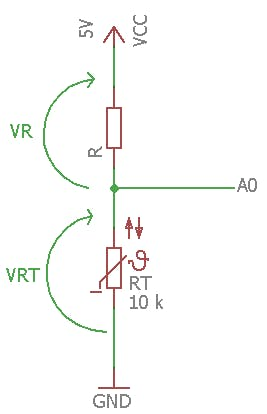
This is a schematic version of circuit.
RT = VRT / (VR/R)
Now we have all the data to calculate the temperature.
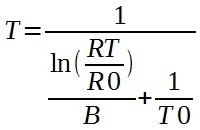
Remember to convert all parameters (for example T0) to Kelvin before the calculations, and also the result is in Kelvin.
This is the result.
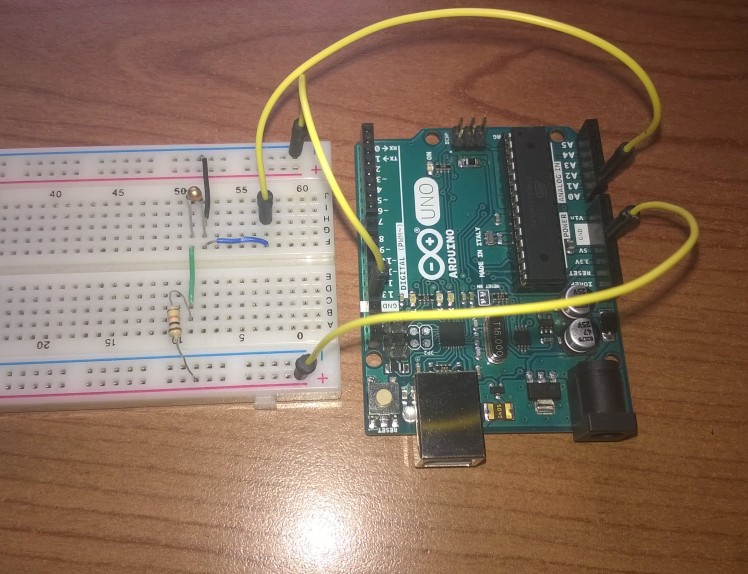






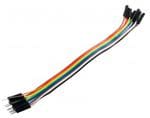

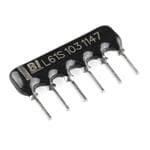



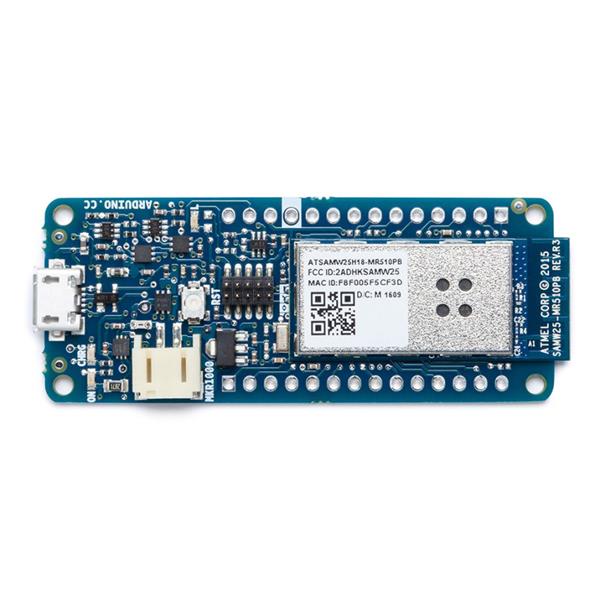
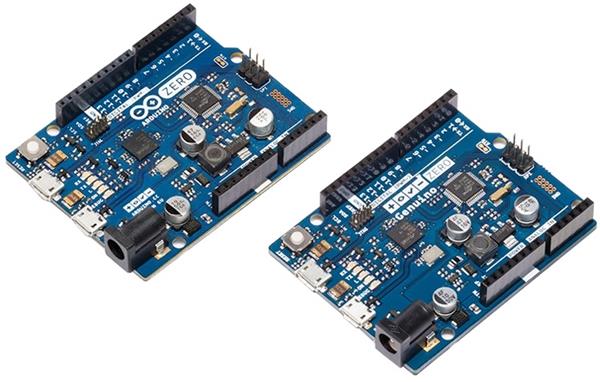
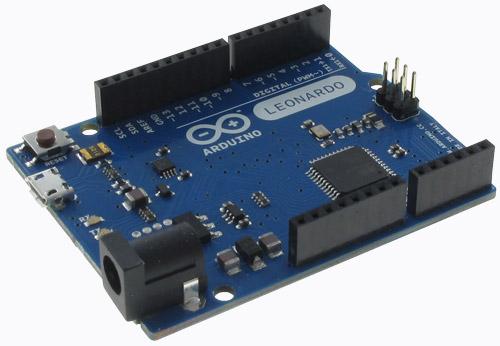
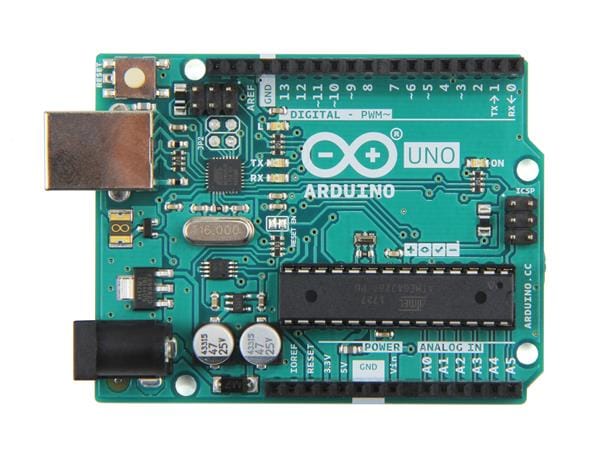
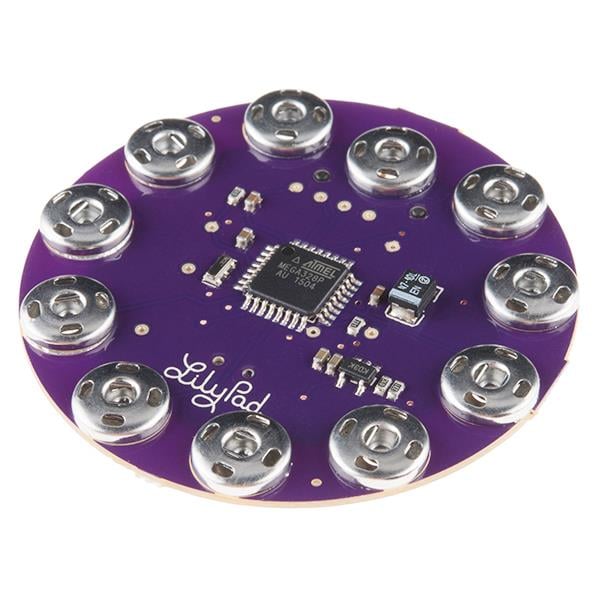
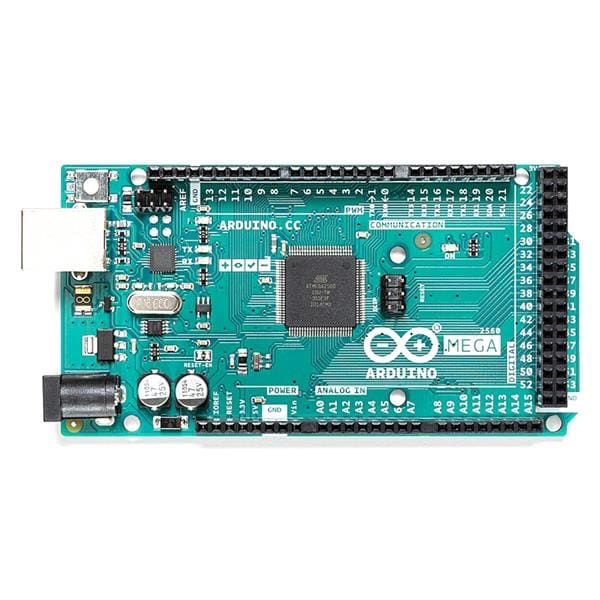
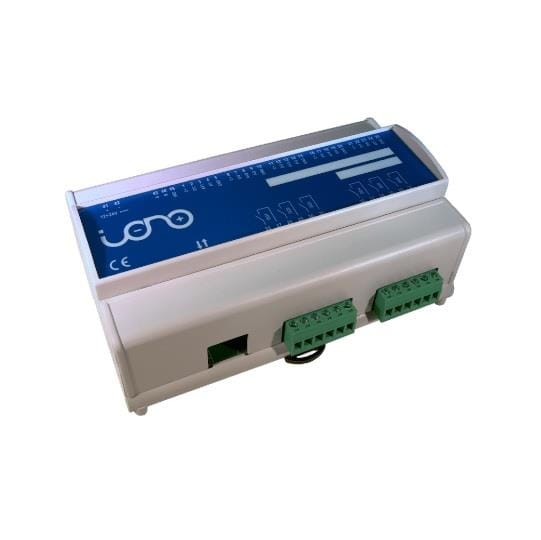
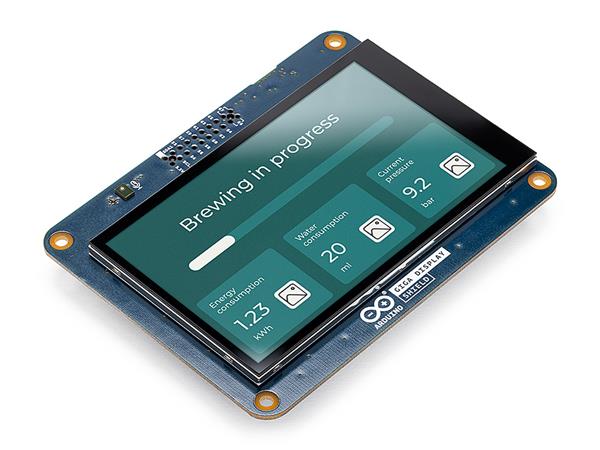

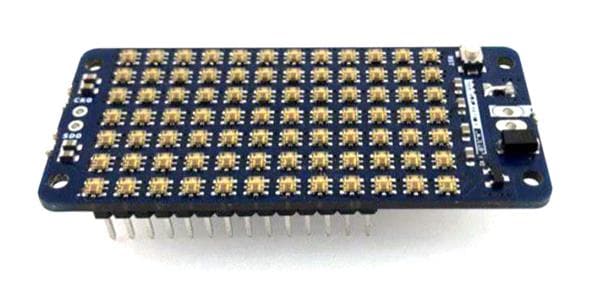
Leave your feedback...